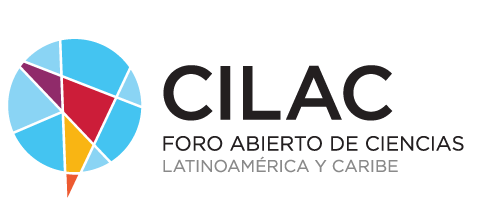The James Webb Space Telescope (JWST) has discovered the most distant active supermassive black hole to date, located in a galaxy, CEERS 1019, that existed only about 570 million years after the Big Bang. The object emerged very early…
The origin of Earth's water is a question that has vexed scientists for decades. Some believe the liquid element arrived from space, aboard comets and asteroids, which released it as they fell to Earth...
The function of a cell cannot be separated from the other cells of our body, although the idea of the cell as an isolated atom still persists.
The French researcher began the revolution of molecular machines four decades ago, with a scale 100,000 times smaller than the thickness of a human hair
La neurociencia estudia si un grupo de células cerebrales, que regulan la sensación de hambre, podría convertirse en el objetivo de terapias para luchar contra los trastornos alimentarios
One of the most popular theories about why we greet each other with a handshake explains that it's a way of showing that we're unarmed, as a sign of peace. But another theory suggests a supposed biological origin, to detect the chemical signals of…
It took 15 years of data collection and the creation of a virtual laboratory almost the size of our galaxy, but scientists have, for the first time, managed to hear the perpetual chorus of gravitational waves that permeates the entire universe.
A planet within a planet. That would be a good way to describe the 2,442 km diameter ball of solid metal at the center of the Earth, without which, incidentally, there would be no magnetic field and no life on the surface. But how do we…
On October 17, 1934, Santiago Ramón y Cajal, one of the most brilliant Spanish (and world) scientists in history, the father of modern neuroscience, and a Nobel Prize winner, died in Madrid. Before that day, he had written in his will that…
